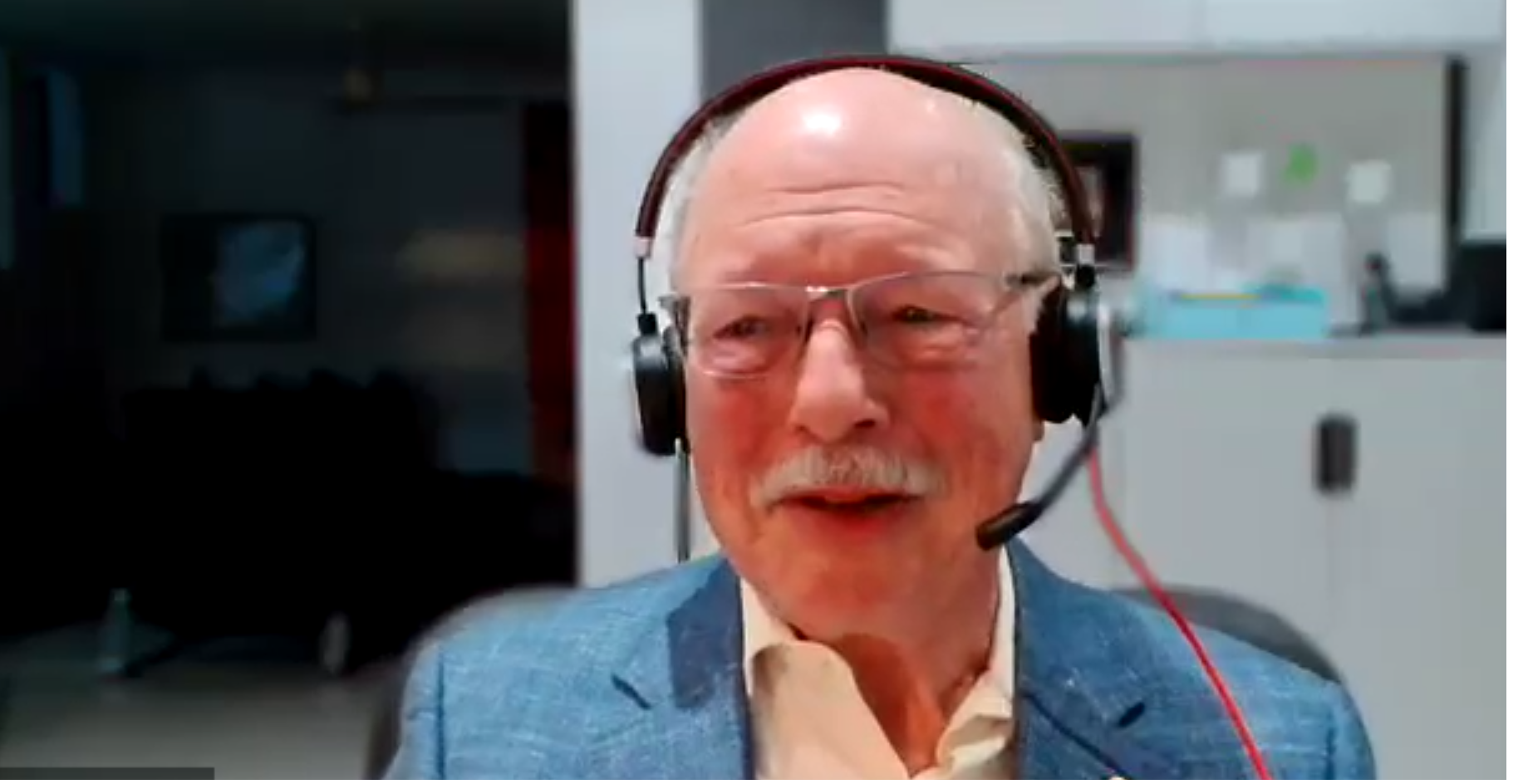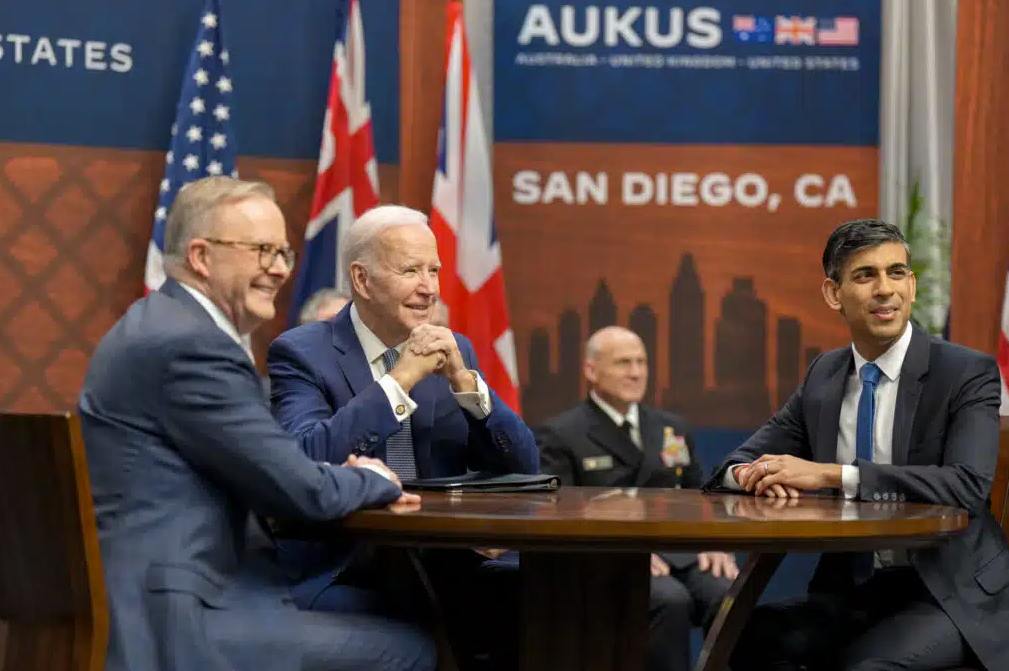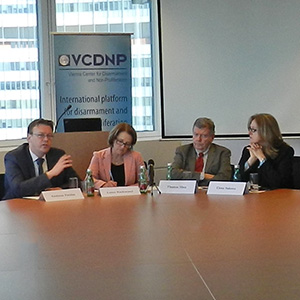
Non-Resident Senior Fellow John Carlson, together with Valeri Bytchkov, expands on previous work on safeguards culture in a new paper titled "A Four-Dimensional Picture of Nuclear Safeguards and Safeguards Culture". This paper builds on a previous paper, "Conceptualisation in the IAEA Safeguards System and the Formation of Safeguards Culture", by incorporating human and social dimensions into the analysis of the International Atomic Energy Agency’s (IAEA) safeguards system.
Using Ken Wilber’s “four quadrants” framework as published in his book A Brief History of Everything, the authors provide a comprehensive perspective on safeguards culture:
The paper highlights the distinction between the IAEA safeguards system and the broader concept of nuclear safeguards. The IAEA safeguards system focuses on verifying adherence to specific treaty obligations, including commitments under the Treaty on the Non-Proliferation of Nuclear Weapons. The broader concept of safeguards includes ethical, cultural, and legal commitments that collectively form the foundation of a shared international safeguards culture. The authors argue that this culture is essential for fostering trust and transparency and aligning safeguards efforts with the global goal of ensuring nuclear energy is used solely for peaceful purposes.
By looking at the safeguards system within this wider cultural and normative framework, the paper emphasises the need for collaboration between States, organisations, and individuals to strengthen the effectiveness and efficiency of nuclear safeguards to address contemporary challenges.
Carlson and Bytchkov emphasise the importance of cultural and ethical factors, as well as individual values and integrity, in fostering a robust safeguards culture. They highlight how these dimensions—captured in Quadrants III: Interior-Collective and IV: Interior-Individual—are essential to building mutual trust and aligning safeguards culture with global goals. The paper offers a multidimensional perspective on safeguards, addressing both technical and human factors, and charts a path forward for the IAEA’s critical role in global security.

